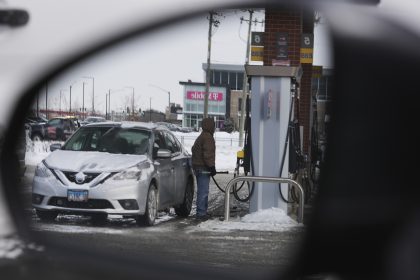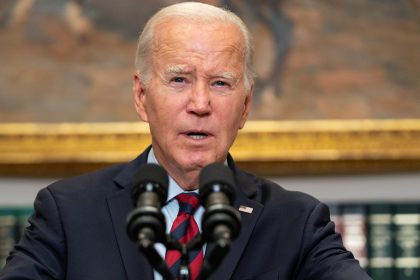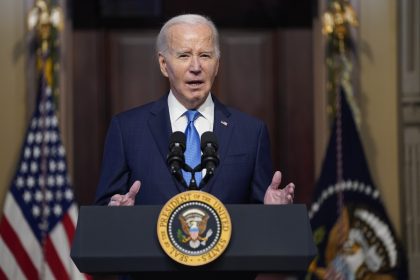US Retail Sales, Excluding Autos, Grew 8.5% This Holiday Season

PURCHASE, N.Y. — Holiday retail sales, excluding automotive, increased 8.5% year-over-year this holiday season, according to Mastercard SpendingPulse.
Mastercard SpendingPulse measures in-store and online retail sales across all forms of payment. It defines the “holiday season” as the period running from Nov. 1 through Dec. 24.
“Shoppers were eager to secure their gifts ahead of the retail rush, with conversations surrounding supply chain and labor supply issues sending consumers online and to stores in droves,” said Steve Sadove, senior advisor for Mastercard and former CEO and chairman of Saks Incorporated.
“Consumers splurged throughout the season, with apparel and department stores experiencing strong growth as shoppers sought to put their best dressed foot forward,” Sadove said.
Mastercard SpendingPulse found holiday shopping to be strong across all channels, with consumers returning to stores (up 8.1% year-over-year) and spending heavily online (up 11% compared to 2020).
As has been noted in other studies heading into the holidays as well as anecdotal data, reports of supply chain bottlenecks appear to have inspired many holiday shoppers to stock up on gifts early.
Mastercard SpendingPulse, however, found another factor that also contributed to the early shopping surge: Retailers offering special promotions much earlier than they typically have.
And these promotions returned later in the season as shoppers race to secure “guaranteed by Christmas” shipping offers, the analysis said.
Taking a wider view of the holiday season — extending its focus to the 75 day period between Oct. 11 and Dec. 24, the Mastercard SpendingPulse found holiday shopping up 8.6%.
As in the past, Thanksgiving weekend remained the key to the success of the holiday retail season.
During this Thanksgiving weekend, running Friday, Nov. 26 through Sunday, Nov. 28, shoppers drove U.S. retail sales up 14.1% year-over-over compared to 2020.
In-store sales also rebounded, increasing 16.5% year-over-year while e-commerce sales experienced sustained growth, up 4.9% year-over-year.
Finally, the Mastercard SpendingPulse found that e-commerce sales remained strong this holiday season, making up 20.9% of total retail sales, up from 20.6% in 2020 and 14.6% in 2019.
A separate report released just before Christmas suggested many of these gifts reached their destination on time thanks to improved performance by FedEx, UPS, and the U.S. Postal Service in the days approaching Christmas.
According to ShipMatrix, between Dec. 12 and Dec. 21, FedEx’s on time delivery rate was 91.2%, while at UPS the on time rate was 97.1% and the oft-maligned Postal Service posted an impressive 96.9%.
All of these numbers represented an increase in on time delivery performance from a week earlier (Dec. 5 thru Dec. 11), when FedEx was at 84.8%, UPS at 95.8%, and USPS at 95%.
UPS and the Postal Service also surpassed their on time performance Dec. 12 thru Dec. 21, 2020, when UPS deliveries were on time 96.3% of the time and the Postal Service, 93.6%.
Satish Jindel, president of ShipMatrix, attributed these performance gains to additional capacity initiatives implemented to counter supply chain issues and reduced demand for delivery resulting from more consumers buying their gifts earlier and at brick-and-mortar stores.
All told, the three carriers have collectively delivered over 75 million parcels each day this holiday season, ShipMatrix said.
Dan can be reached at [email protected] and at https://twitter.com/DanMcCue.























